Examination of the limitation of the production of the document is used to determine the true date of drawing up the acts. This is a fairly well-known type of research, since a large number of fraudulent papers are provided to the state bodies - these are all possible references, contracts, agreements, statements and so on. An examination of the limitation of the production of a document may reveal a forgery, based on the discrepancy between the date specified in the acts and the period when the subject of the dispute was actually founded.
Independent type of research
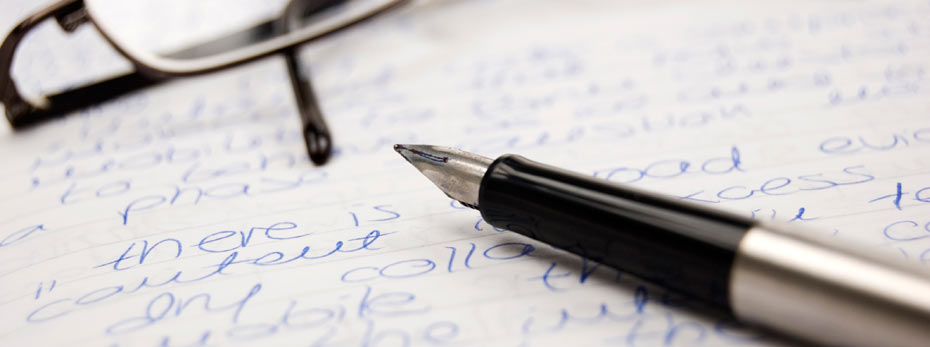
Examination of the limitation of document production is carried out by physicochemical methods, which is why it is considered one of the types of industrial examination of securities. But it is isolated in an independent type of analysis due to certain differences in the course of laboratory research.
It often happens that during the trial the parties give documents as if regulating the relationship between organizations or people during the crime. Such papers have every chance of being fabricated directly during the process, after filing the lawsuit itself or transferring the entire case to court. Collective, civil and other contracts can be changed when both parties have signed them. This is especially important if one of the counteragents (this may be the subject, the enterprise) lost their own copy of the agreement. For example, if a spouse or wife loses a personal copy of the marriage contract, another member is able to bring in unprofitable conditions for the first. In order to determine the truth at similar moments, resort to the examination of the limitation of the production of the document.
Similar studies and analyzes can be carried out immediately in two directions. In the main case, the limitation of the entire act as a whole is analyzed. The specialist is able to determine that the sample proposed for examination was made at one time or another. For example, no later than a certain year. In other cases, the conditional prescription of individual elements of the same act is determined. This study is resorted to if there is doubt that the document was signed either later or vice versa before the main text was written and published, if parts were added to the act after it was notarized and so on.
The investigator himself is able to establish the accuracy of the examination of the limitation of the production of the document, based on the circumstances of the investigated process. In addition, any involved subject, trial participant or his authorized representative can initiate the analysis.
Main trends
Forensic examination of the limitation of the production of documents by establishing the sequence of all possible prints and strokes in the act. Stamps, various stamps and signatures can be entered on important paper at different times. It is unrealistic to establish the course of applying any ink or prints superimposed on one another. However, it is possible to determine what was put into the act in the first place, of course, whether it is a signature or a seal, and what is next.
Examination of the statute of limitations for the production of a document using pattern matching. To determine the period of writing or printing important papers, other acts are taken that are reliably made at one time or another. This is permissible in the presence of large arrays of samples.For example, if a company act with a substantial document flow is submitted for an examination of the limitation of the production of a document in Moscow, in this case, examples of official papers drawn up at different time periods are taken for comparison. This is what makes it possible to establish the degree and size of the changes that have occurred and to form a conclusion about the period that has passed since the stage of developing the discussion-important document. Examples of papers taken for comparison purposes must be executed using the same technical office units (printers, copy machines, and so on), registered with the same ballpoint or regular helium pens or feathers. The stamp ink of the seals in the standards is also required to comply with the one used in the controversial act. If all these samples, without exception, are not similar to the controversial material, then other technologies for considering the limitation of the formation of important papers are used or completion is completed on the impracticability of the analysis.
Examination of the statute of limitations for the production of a document by comparing the discussion act with the materials of an intentionally selected archive of various copies of inscriptions, prints or electronic texts. This is the most modern method of checking papers. In addition, the use of just such a method makes it possible to increase the accuracy of the examination of the limitation of document production. Nevertheless, this technology has its own dark side. The problem is that the procedure for forming a database of calibrated standards can even take a very significant amount of time and consume a tremendous amount of labor. This in the end result significantly increases the cost of verification.
Subjects of study
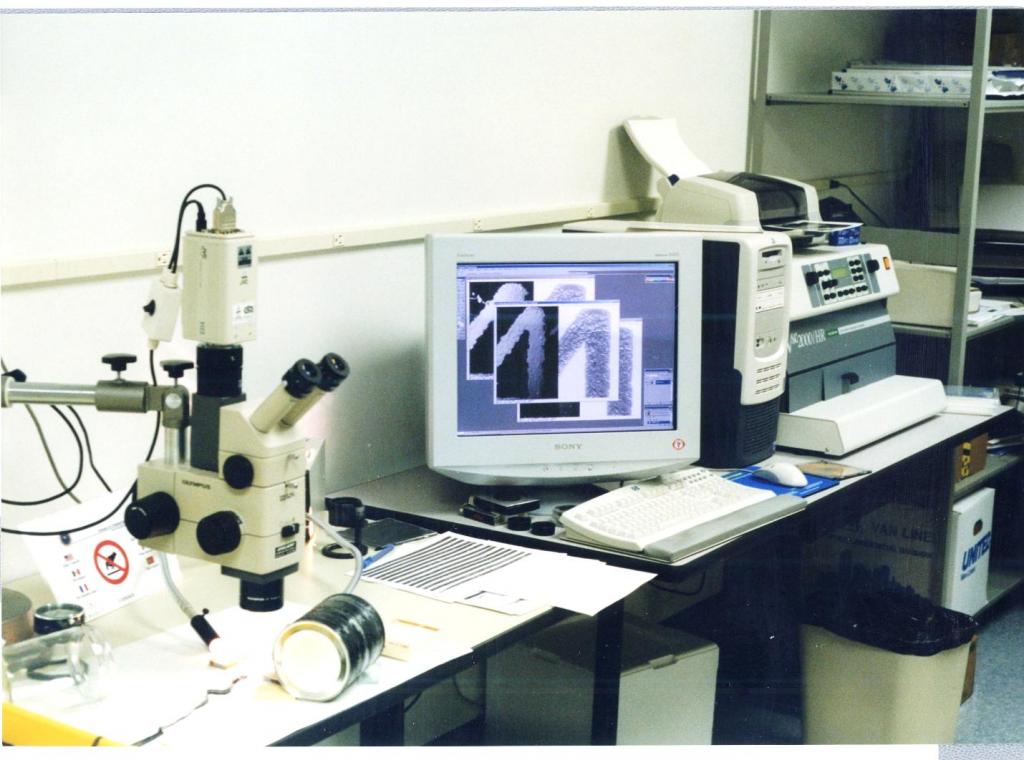
In the process of establishing the limitation of the formation of an important document, liquid and semi-liquid (viscous) materials are examined, with the help of which the act is registered or printed:
- The writing structure of all kinds of helium and ballpoint pens and feathers.
- Various ink and pigments for inkjet printers.
- Paints and pigments for stamp pads.
The principles for studying absolutely all the materials mentioned are similar. To establish the limitation, the relative degree of drying of these substances is used. The problem is that, without exception, they all contain basic solvents. Organic components evaporate with a characteristic period. During the examination, the determination of the limitation of the production of a document, including inscriptions or printed text, made with the support of materials that can be studied and verified, is carried out by special laboratory studies, for which appropriate copies of the substances should be provided. The component is applied to the paper holder, identical to that provided for examination. Then, using a special technique and specialized methods, the level of daily evaporation is determined and a detailed plan is drawn up. This chart provides an opportunity to find out the approximate time for the creation of papers.
Unfortunately, texts printed on laser printers are not amenable to technical examination of the limitation of the production of documents. This is directly related to the principle of printing this unit. The inkjet method is made only with watery ink, which makes it possible to establish the prescription of the performance of the press according to the degree of drying of the basic solvents held in the paint. In laser printing, small particles of dried tone are baked to the paper using a device. In accordance with this, volatilization is not performed, and the limitation of the act by conventional methods cannot be determined.
Objects of study
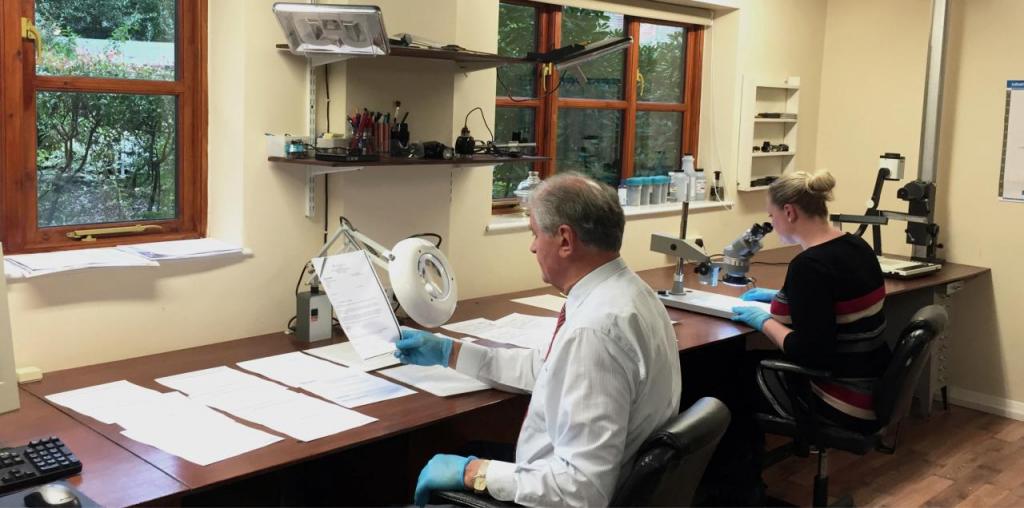
An examination of the limitation of the production of a document is used for the following subjects:
- Signatures in ink.
- Handwritten words.
- Texts printed on inkjet printers.
- Imprints of stamps, seals, stamps.
Execution methods
The methods for conducting an examination of the limitation of document production are significantly similar to industrial verification technologies, but there are differences in the application procedure.
Organoleptic methods. They allow you to explore and evaluate the properties of environmental objects on the basis of information obtained using sensory organs (vision, smell, hearing, smell and touch). Organoleptic methods allow, without verification, to evaluate the numerous properties of the investigated act - color, gloss, texture of the substance, etc.
Microscopic technology. They are used mainly to establish the sequence of applying inscriptions and stamps.
Photographic technique for the examination of the limitation of the production of a document. The formation of various technologies allows the use of this method in almost all areas of forensics and legal proceedings. Special types of shooting and photographing (color separation, reproduction, micro- and macro photography, ultraviolet and infrared X-ray photography, etc.) are widely used to establish the limitation of papers.
Chemical technology. They provide an opportunity to study the structure of writing and coloring elements, establish the main qualities of substances and predict the modification of properties and parameters over time.
Chromatography methods They establish the dynamics of the volatilization of basic solvents in the composition of writing elements, inks and pigments for the printer or various ink inks.
Spectrographic methods. They are intended to establish the composition of the writing elements and ink, and in addition, to determine the presence of all kinds of specific impurities in them, which, in turn, are considered the reason for the formation of certain conclusions.
Methods based on the numerous use of all modern information technologies and innovations. Computerized paper review concepts are also widely used in these types of analyzes. There are other technologies that are used much less frequently.
In Rostov, it is absolutely realistic to carry out an examination of the limitation of the production of a document according to the method of gas-liquid chromatography, but nevertheless numerous companies are in no hurry to include this technology in the general list of services: it is difficult, disadvantageous, of course, it also requires the specialist not only abstract knowledge, but also actual possession of advanced laboratory analysis methods.
Cases when an examination is unrealistic
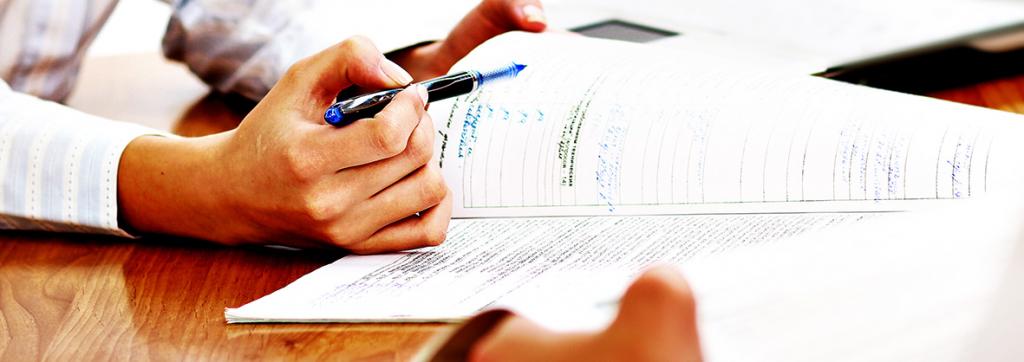
Despite the wide range of research methods and the almost instant development of modern innovations and technologies, in a number of situations it is still impossible to determine the limitation of the formation of the controversial act. This may be associated with the factors of production of an important document, the criteria for its preservation, the characteristic properties of the substances used in the formation of the act. Unfortunately, the examination to establish the statute of limitations for the production of a document is considered unfeasible in the following situations:
- Untimely provision of papers for study. According to the expiration of a specific period, without exception, all unstable fractions of various writing compositions evaporate, such as ink, pigments and paints, as a result of which data on the age of their application becomes impossible to obtain.
- The lack of the required number of samples in order to perform a comparative review. If one document is provided for parsing, the initiator of the examination and verification does not have other papers for comparison, and any suitable copies are not in the property archive of the samples.
- Inappropriate condition of the act. If, due to improper storage or deliberate deterioration, the document is substantially modified. If the initial properties of the act are lost.Dirty, faded, brittle, moldy papers are not subject to examination of the limitation period.
Legal provision
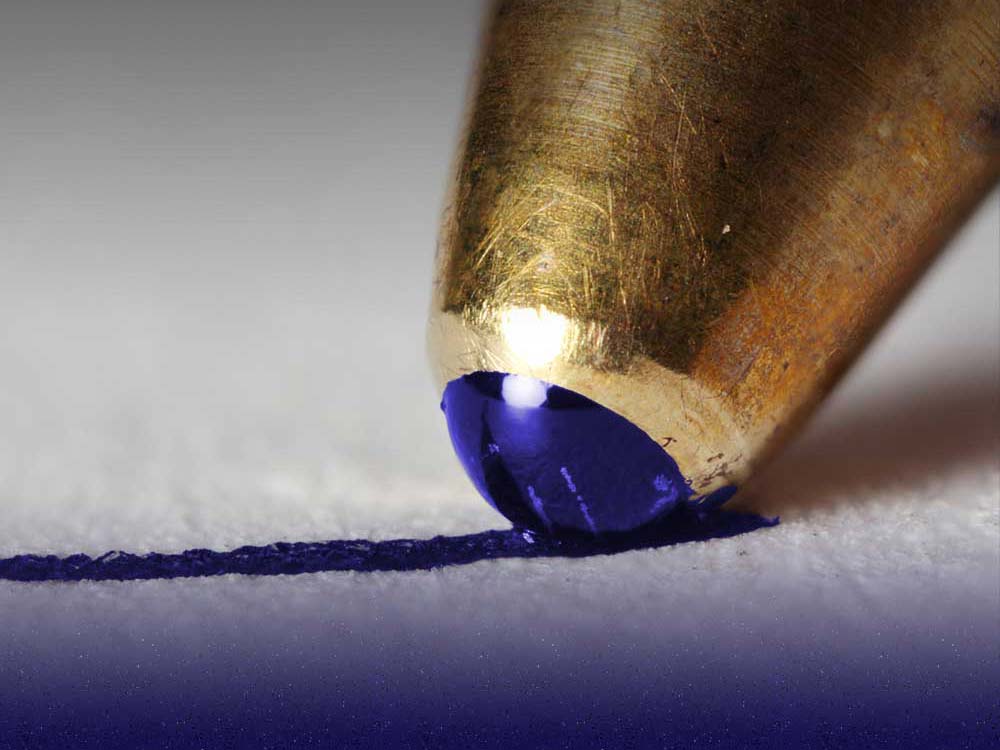
Article 41 of the Federal Law of May 31, 2001 No. 73-ФЗ “On the National Forensic Work in the Russian Federation”, which states that forensic medical examination can be carried out not only by specialists in municipal organizations of a judicial proceeding nature, but also by other persons possessing professional skills in the proper field.
Article 292 of the Criminal Code of the Russian Federation determines the responsibility of officials for the implementation of forgery of papers, including by making modifications to the finished documents that do not correspond to the truth.
Article 327 of the Criminal Code of the Russian Federation prescribes liability for any forgery and attempt to fabricate the production or sale of documents. In addition, the obligation may arise for the operation of a fake act in advance.
Questions for experts
The list of tasks that are intended for the specialist conducting the paper research is dictated by the methods of performing checks and the scope of analysis. The reliability and capacity of the questions posed to the prospector make it possible to obtain more reliable answers. Here is a rough list of topics:
- Does the date of drawing up the act marked on it correspond to true age?
- Are there any signs of a later or, conversely, early amendment of the discussion paper?
- Is it possible that an act of a specific prescription was signed by such writing means?
- What is the sequence for entering any required details of a discussion paper?
- Could a discussion act be established earlier than a specific year?
- What is the sequence of applying any superimposed strokes and / or prints in an ambiguous document?
- Can different fractions of the same manuscript act have a different prescription?
- Is there any confirmation of adding postscripts, explanations, corrections that do not coincide in time with the key text?
How to establish an examination of the limitation of an important document?

This problem often appears when challenging the authenticity of securities. Numerous processes in which a party takes a particular act as the basis can be allowed with the assistance of various checks. Such work is carried out within the framework of the judicial process, by satisfying the request for the appointment of an examination of the limitation of the production of the document. She establishes the period of writing the act (not only handwritten parts, but also printed), and, in addition, stamping, or discovers that it has become unnaturally aged, which also simplifies the investigation due to the criminal nature.
Many checks include comparing a document or paper components with a set of well-known standards. The most common type is handwriting, in which the researcher tries to solve problems associated with possible authorship.
The document expert is often asked to determine whether the disputed item was obtained from the same source as the necessary act, and then present his opinion on this matter in court as an expert witness. Other common tasks include determining what happened to the document and finding out when it was created. Or you need to decrypt information about an act that has been hidden, deleted or deleted.
Difference

The discipline is known by many names, including “forensic examination of documents” or sometimes “handwriting analysis”, although the latter term is rarely used, as it can be confused with graphology. Similarly, a research specialist should not be confused with a criminologist, and vice versa.
Many experts receive comprehensive training in all aspects of the discipline. As a result, they are competent to solve a wide range of questions about various documents.However, this “broad specialization” approach has not been universally accepted.
In some regions, a clear distinction is made between the terms “forensic document expert” and “handwriting specialist”. In such cases, the first employee is a reviewer who focuses on types of research that are not related to handwriting, while the latter refers to people trained solely to deliver handwriting results. Even in places where it is more common, such as North America or Australia, many people receive specialized training only in relatively limited areas. Since terminology varies depending on jurisdiction, it is important to clarify the meaning of the name used by any person claiming to be a “forensic document expert”.
